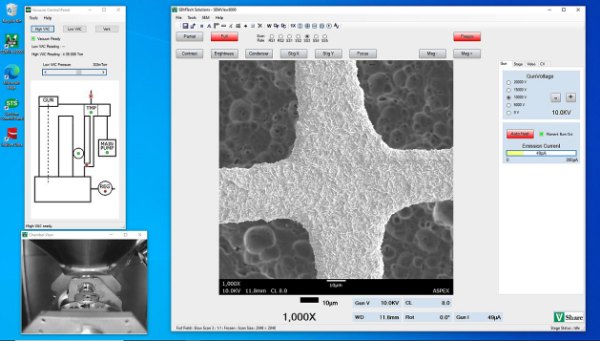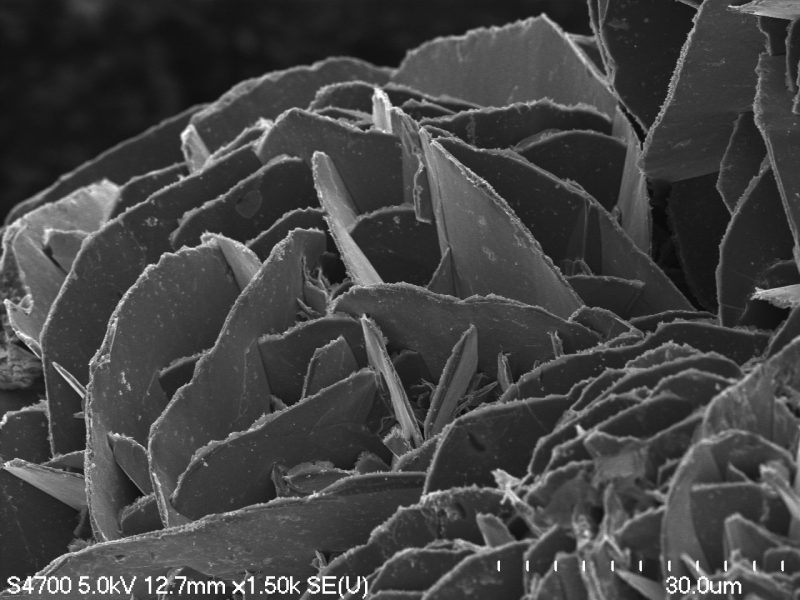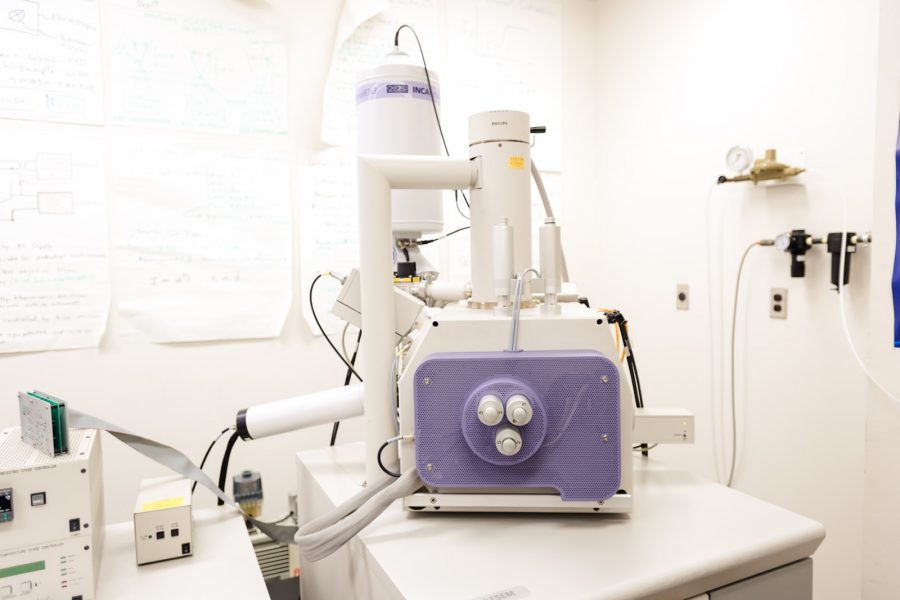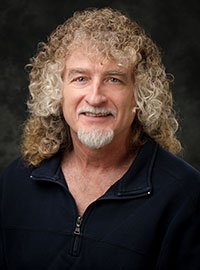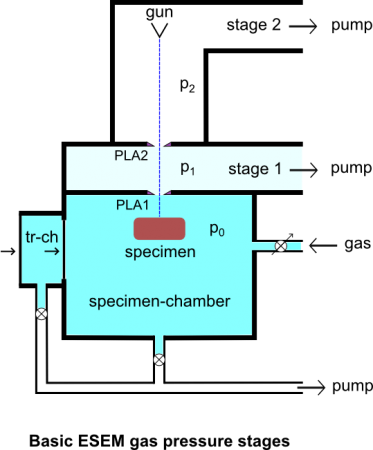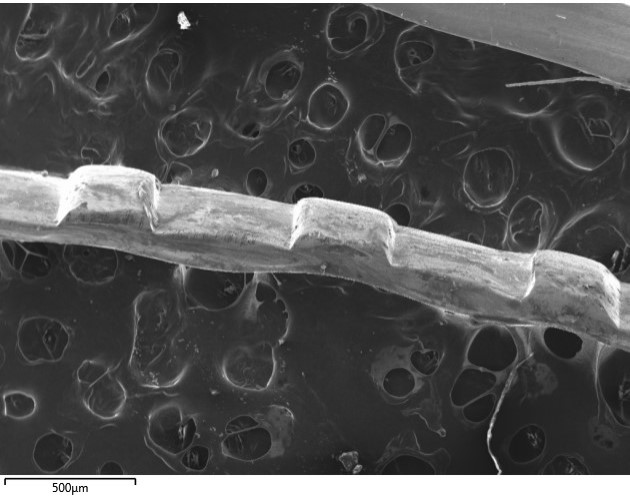ACMAL will be closed next week on Thursday, July 4th, in observance of the holiday.
Please note the following availability of our team members during that week:
- I will be out of the office all week.
- Erico is still on leave in Brazil.
- Ed will be available Monday through Wednesday.
- Izzy will be available Monday through Wednesday, and possibly Friday.
- Tim will be available by appointment.
- Cooper will be available on Monday and Tuesday.
- Alyssa will be available on Monday.
Plan accordingly for any deadlines or projects that may be affected by the closure. If you have any urgent matters that require attention, please reach out to the respective available team members listed above.

